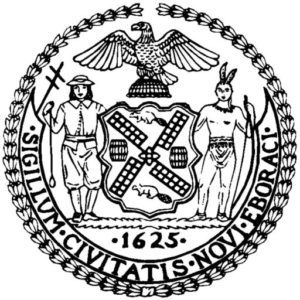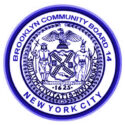
New York City’s 59 community boards serve a vital function as connectors between residents and City government services. The paid staff and 50+ volunteer members of each board dedicate time and energy to serving their communities every day. Each board currently represents approximately 50,000 to more than 200,000 people, which on the higher end is a population larger than that of Birmingham, Alabama or Akron, Ohio. We inform the public about government programs and proposals, help constituents resolve issues with City agencies, advise on local land use proposals and City budget allocations, liaise with local elected officials, and hold monthly meetings and public hearings so stakeholders’ voices can be heard. And those are just the most common responsibilities.
In the past year-and-a-half, the urgency and need for these services has become increasingly apparent. As New Yorkers responded to the COVID-19 pandemic, the importance of reliable information, access to resources, and the ability to adapt while maintaining space for civic engagement became more important than ever. Community boards have also increased collaboration with City agencies to ensure food delivery, communication of vital information, and access to healthcare services for our constituents. Community boards as we know them today were formed in the 1960s in response to calls for more representative local democracy. The need for this representation remains clear, although the boards’ functioning, as with many government agencies, has struggled to adapt in the 21st century. District managers and staff from community boards in all five boroughs see this time of transition to a new Mayoral administration and many new citywide, boroughwide, and local elected officials as an opportunity to reflect on what is working and what changes and resources we need to effectively carry out our Charter-mandated duties and best serve our constituents.
It is an honor and privilege to serve our communities. We aim to empower the next generation of leaders to give back and improve the quality-of-life in their communities as well. During this process, we sought answers to: What will community boards be like in the future? What do our communities need? How can we better serve them?
In this report you will find our analysis and recommendations. It is important to note that while all boards operate uniquely and adapt to serve their diverse neighborhoods and communities, we’ve discovered that we share many of the larger challenges affecting us today. Our goals are to raise awareness about the difficulties we face conducting our Charter-mandated responsibilities, begin a conversation with the incoming administration and elected officials about how community boards can be improved today and in the future, and determine how we can best work with our governmental partners.
Sincerely,
Celestina León, District Manager, Brooklyn Community Board 4
Susan Stetzer, District Manager, Manhattan Community Board 3
on behalf of the Future of Community Boards Working Group
This report was produced by the Future of Community Boards Working Group
December 2021
